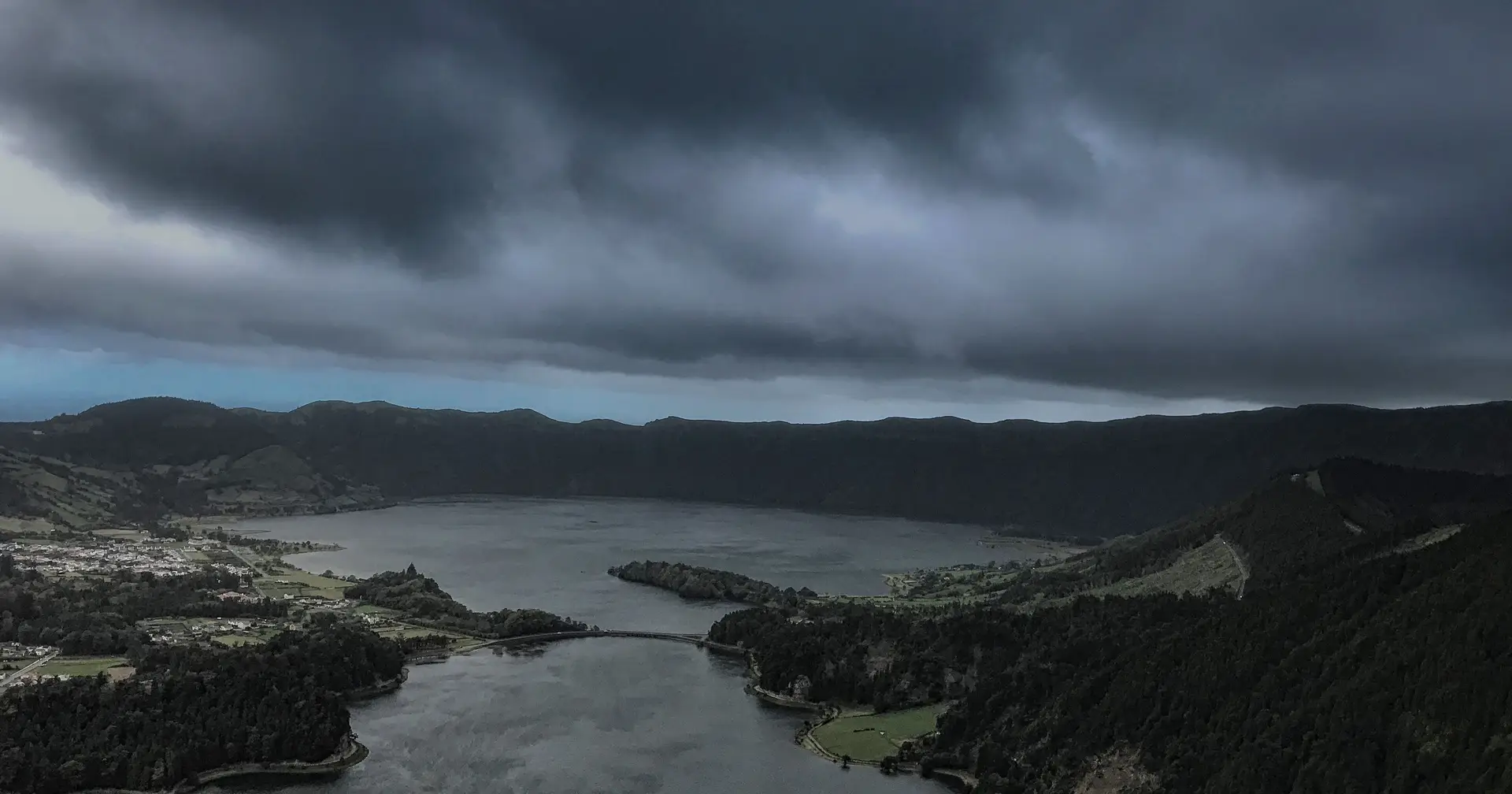16 de Agosto de 2022: Temperatura recorde com 31oC na Finlândia e Estónia.
Cerca de 10°C acima dos níveis normais para a temporada foram a temperatura na maioria das partes da Escandinávia na segunda-feira 15 e terça-feira 16 de Agosto. As estações meteorológicas no sul e central da Finlândia registaram temperaturas de até 31,3°C, o valor mais alto para a segunda quinzena de Agosto alguma vez registrado, quebrando o recorde anterior em 23 de Agosto de 1959 a 30,7°C .
Condições climáticas semelhantes também prevalecem nos países bálticos, onde o mercúrio na Estónia subiu para os seus níveis mais altos em meados de Agosto, pelo menos desde 1886, quando os registros de temperatura sistemáticos.
Venham de lá os negacionistas habituais, a banhos em qualquer piscina portuguesa!










